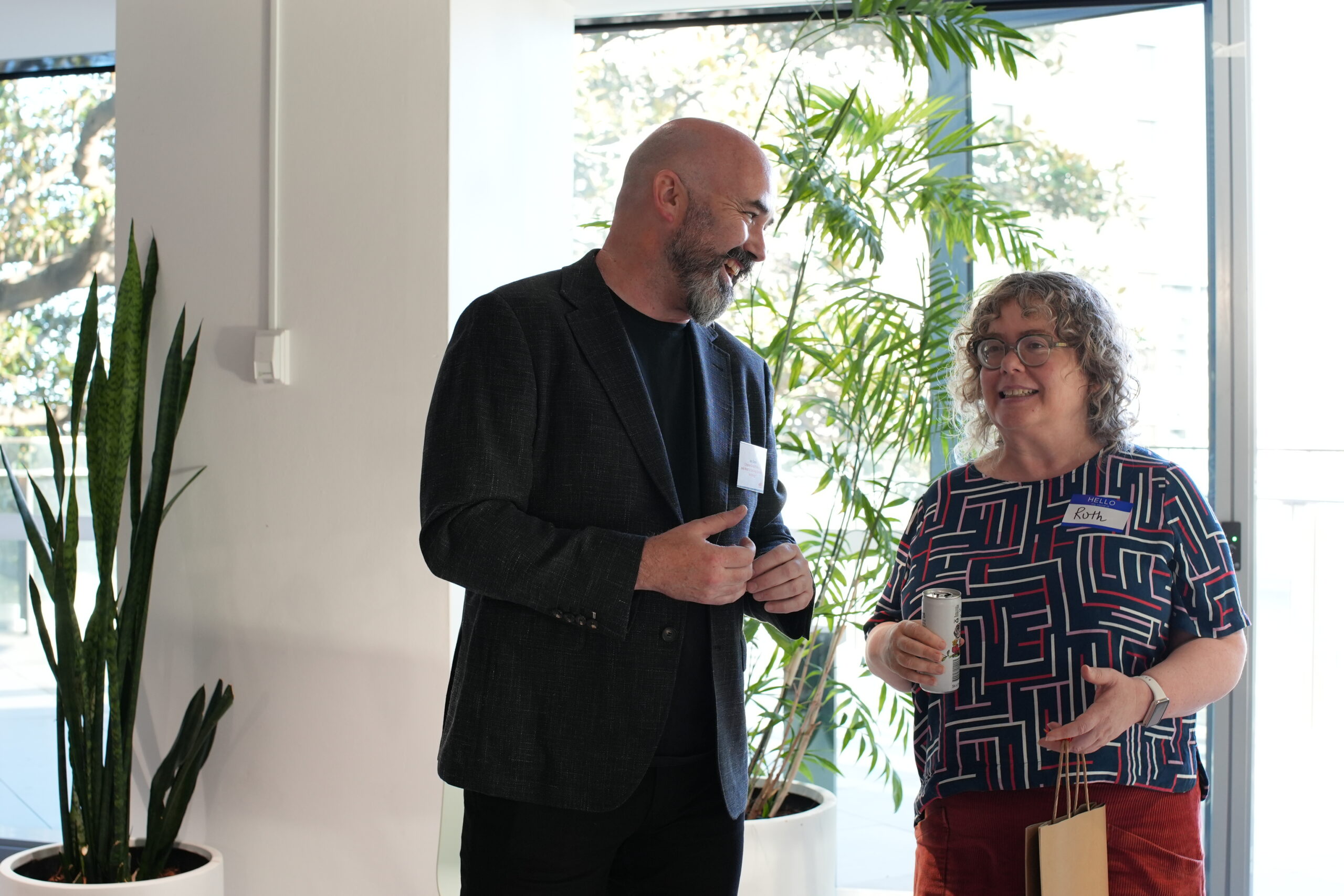Ian Grant, Head of Technology – Delivery
I’ll cut straight to the point. Gender diversity in tech isn’t only a moral issue, it’s a talent issue and one that organisations need addressing through deliberate strategies and actions.
As a leader in the technology sector for over a decade, I’ve seen the most successful teams are those that are empowered to leverage their diversity and make it into a superpower. I’ve been lucky enough to lead such teams, and seen so many others do great things in other organisations. If companies are serious about wanting high performing teams, they must engage in deliberate and focused strategies to increase the diversity in their candidate pool and then make the workplace as equitable as possible.
Diverse teams have been shown to outperform homogeneous teams time and time again1. Yet still, a view that focusing on gender diversity somehow compromises merit endures. When companies expand their talent pools and remove barriers that disproportionately affect women, they access a wider range of perspectives, experiences, and problem-solving approaches. This diversity leads to better products, more innovative solutions and stronger business outcomes, all things that technology prides itself in, right?
Firstly, and briefly, let’s look at supply. There is no escaping the fact that female graduates are underrepresented in Australia, with 26% of graduates in Information Technology degrees in 20232 being women, and women make up 29% of the national technology workforce3 (a figure that is reflected in oOh!media’s technology team). If we were aiming to achieve 50:50 in the technology workforce, that is a longer, wider and more holistic challenge to be overcome. Undeterred though, there are many initiatives and actions in place to increase female representation in digital qualifications4, and inspired grass roots companies like Tech Career Paths 4 Girls to address the challenge head on.
So, what can organisations do to expand their talent pools? Well thankfully there are many strategies that can be applied that are simple, require little investment, and can make some material changes early in the process. I’m highlighting three that I have experience with, and which have delivered outcomes outsized to their investment.
Start at the job advert. Job adverts can inadvertently and unfortunately often discourage women from applying for roles. Insights from the well-publicised LinkedIn Gender Insights Report5 show that women are less likely to apply if they don’t meet 100% of the listed qualifications, whereas men will apply if they meet only 60%. Hiring managers should focus only the essential skills and experience for the role, and avoid exhaustive bullet point lists of desirables. Additionally, language plays an important role and being aware that stereotypically masculine words in your descriptions e.g. “rock star” and “ninja” should be avoided. The LinkedIn report gives many tactics to market opportunities to candidate pools and is well worth a read.
The interview process is also an opportunity to be forward leaning and demonstrate to your candidates that you respect and value a diverse culture by making sure your interview panel is itself diverse. A diverse panel, plus a structured and balanced interview process will ensure that all candidates are evaluated equally, and you can genuinely focus on merit. Often, unstructured interview processes allow for organic and free form conversation, this is the place where unconscious biases creep in.
Another, and in my experience more effective strategy is to expand marketing pools directly into forums, meetups, and partnerships with companies that specialise with connecting women to opportunities in the tech sectors. Women in Tech Meetups and the Women Hack events are excellent opportunities to support and attend. I saw it for myself when oOh!’s Sydney office recently hosted a Women Hack, which connected women interested in tech with companies showcasing their initiatives, projects and roles. It was a great event and example of how organisations, such as ours, can play a role in changing the gender gap ratios.
If talent is an investment, then we should consider the words of wisdom from Charlie Munger, investor, philanthropist and vice chairman of Warren Buffet’s Berkshire Hathaway “Fish where the fish are”.
Companies that take deliberate, strategic actions to expand their talent pools and create equitable workplaces will not only help close the gender gap but also gain a significant competitive edge.If you’re a hiring manager, and you know that staffing is a critical contributor to success, I challenge you to try at least one of these strategies and bust that “pipeline problem” myth. With such compelling evidence and low barrier to action, why wouldn’t you? I bet your team, your company, and your own success will thank you.
References
- https://www.wgea.gov.au/newsroom/more-women-at-the-top-proves-better-for-business
- https://www.education.gov.au/higher-education-statistics/resources/award-course-completions-pivot-table-2023
- https://www.acs.org.au/campaign/digital-pulse.html
- https://www.iat.nsw.edu.au/iat-digital
- https://business.linkedin.com/content/dam/me/business/en-us/talent-solutions-lodestone/body/pdf/Gender-Insights-Report.pdf







